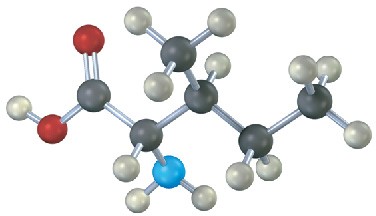5.6 Diastereomers
Molecules like lactic acid, alanine, and glyceraldehyde are relatively simple because each has only one chirality center and thus only two stereoisomers. The situation becomes more complex, however, with molecules that have more than one chirality center. As a general rule, a molecule with n chirality centers can have up to 2n stereoisomers (although it may have fewer, as we’ll see below). Take the amino acid threonine (2-amino-3- hydroxybutanoic acid), for example. Since threonine has two chirality centers (C2 and C3), there are four possible stereoisomers, as shown in Figure 5.11. Check for yourself that the R,S configurations of all stereoisomers are correct.
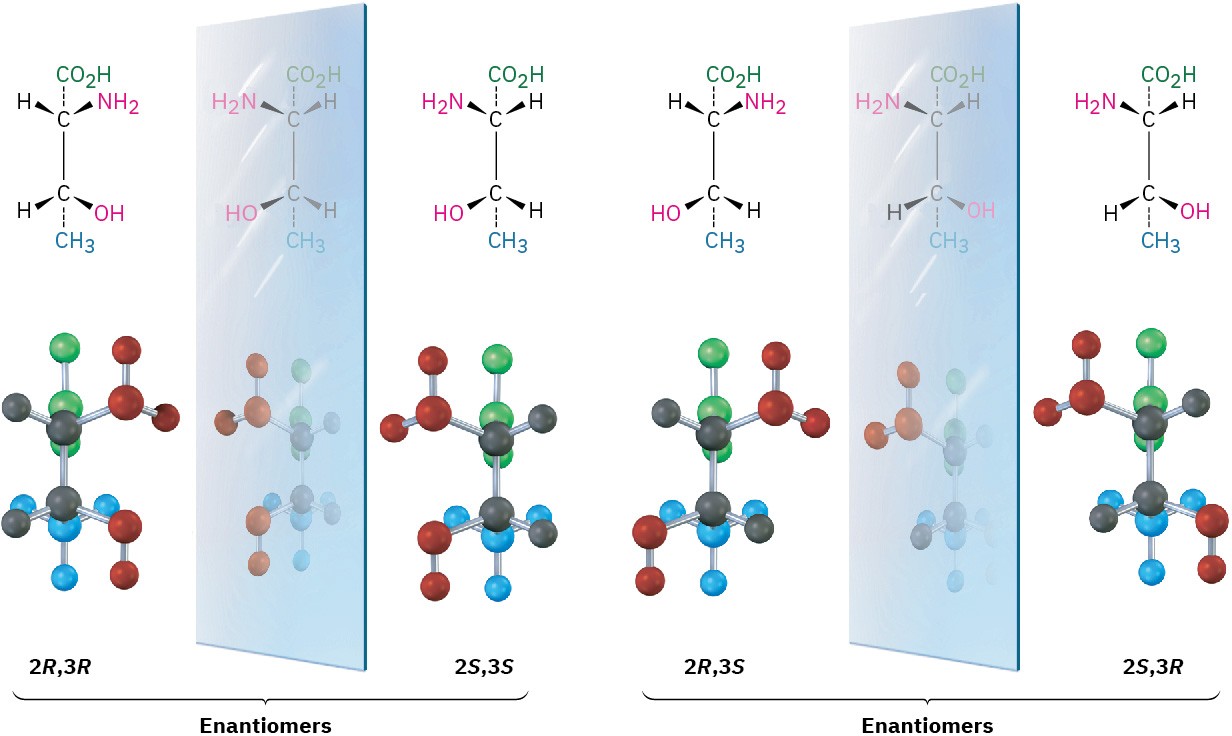
Figure 5.11The four stereoisomers of 2-amino-3-hydroxybutanoic acid.
The four stereoisomers of 2-amino-3-hydroxybutanoic acid can be grouped into two pairs of enantiomers. The 2R,3R stereoisomer is the mirror image of 2S,3S, and the 2R,3S stereoisomer is the mirror image of 2S,3R. But what is the relationship between any two molecules that are not mirror images? What, for instance, is the relationship between the 2R,3R isomer and the 2R,3S isomer? They are stereoisomers, yet they aren’t enantiomers. To describe such a relationship, we need a new term—diastereomer.
Diastereomers (dia-stair-e-oh-mers) are stereoisomers that are not mirror images. Since we used the right-hand/left-hand analogy to describe the relationship between two enantiomers, we might extend the analogy by saying that the relationship between diastereomers is like that of hands from different people. Your hand and your friend’s hand
look similar, but they aren’t identical and they aren’t mirror images. The same is true of diastereomers: they’re similar, but they aren’t identical and they aren’t mirror images.
Note carefully the difference between enantiomers and diastereomers: enantiomers have opposite configurations at all chirality centers, whereas diastereomers have opposite configurations at some (one or more) chirality centers but the same configuration at others. A full description of the four stereoisomers of threonine is given in Table 5.2. Of the four, only the 2S,3R isomer, [α]D = −28.3, occurs naturally in plants and animals and is an essential nutrient for humans. This result is typical: most biological molecules are chiral, and usually only one stereoisomer is found in nature.
Table 5.2 Relationships among the Four Stereoisomers of Threonine
|
Enantiomer |
Diastereomer |
|
|
2R,3R |
2S,3S |
2R,3S and 2S,3R |
|
2S,3S |
2R,3R |
2R,3S and 2S,3R |
|
2R,3S |
2S,3R |
2R,3R and 2S,3S |
|
2S,3R |
2R,3S |
2R,3R and 2S,3S |
In the special case where two diastereomers differ at only one chirality center but are the same at all others, we say that the compounds are epimers. Cholestanol and coprostanol, for instance, are both found in human feces, and both have nine chirality centers. Eight of the nine are identical, but the one at C5 is different. Thus, cholestanol and coprostanol are epimeric at C5.
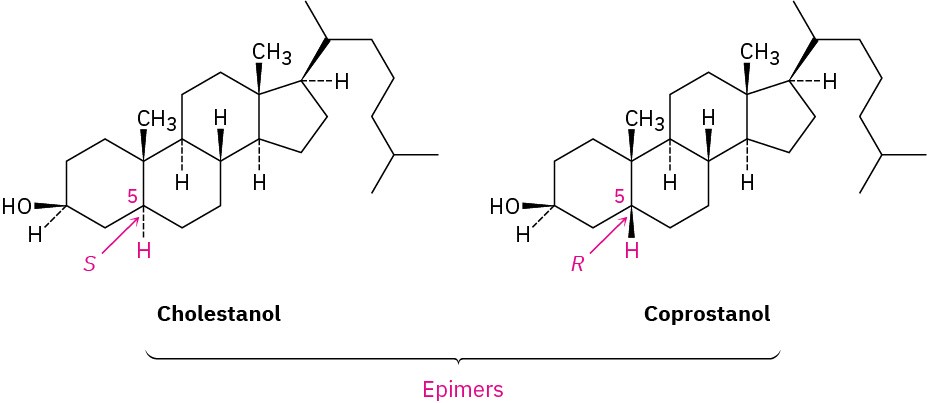
Problem 5-13
One of the following molecules (a)–(d) is D-erythrose 4-phosphate, an intermediate in the Calvin photosynthetic cycle by which plants incorporate CO2 into carbohydrates. If D- erythrose 4-phosphate has R stereochemistry at both chirality centers, which of the structures is it? Which of the remaining three structures is the enantiomer of D-erythrose 4-phosphate, and which are diastereomers?
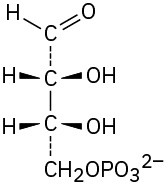
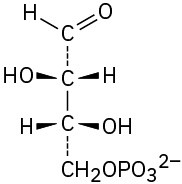
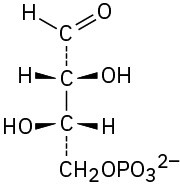
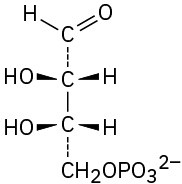 (a)(b)(c)(d)
(a)(b)(c)(d)
Problem 5-14
How many chirality centers does morphine have? How many stereoisomers of morphine are possible in principle?
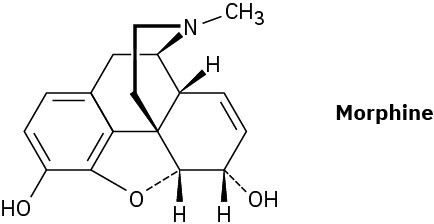
Problem 5-15
Assign R or S configuration to each chirality center in the following molecular model of the amino acid isoleucine (blue = N):
